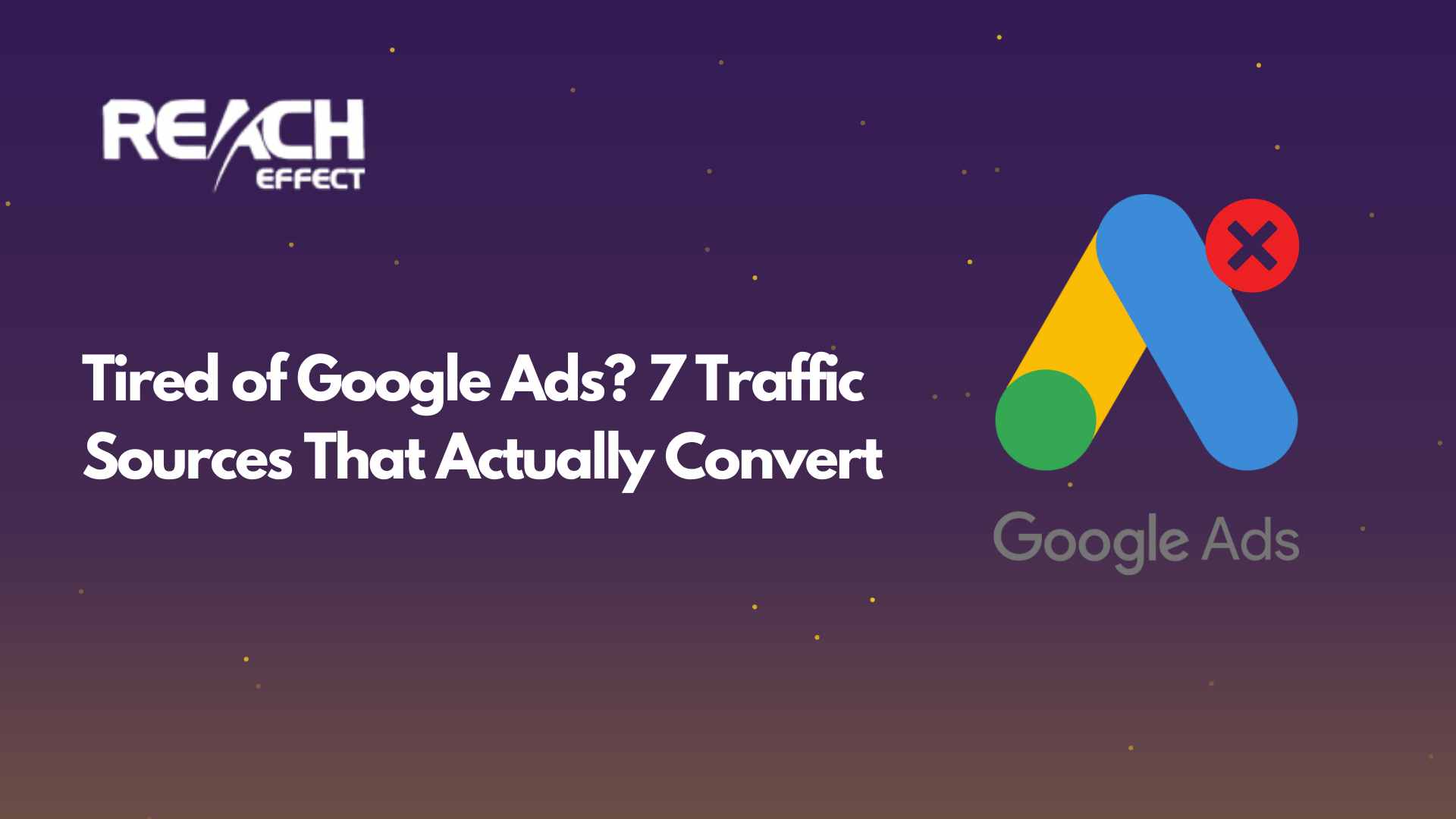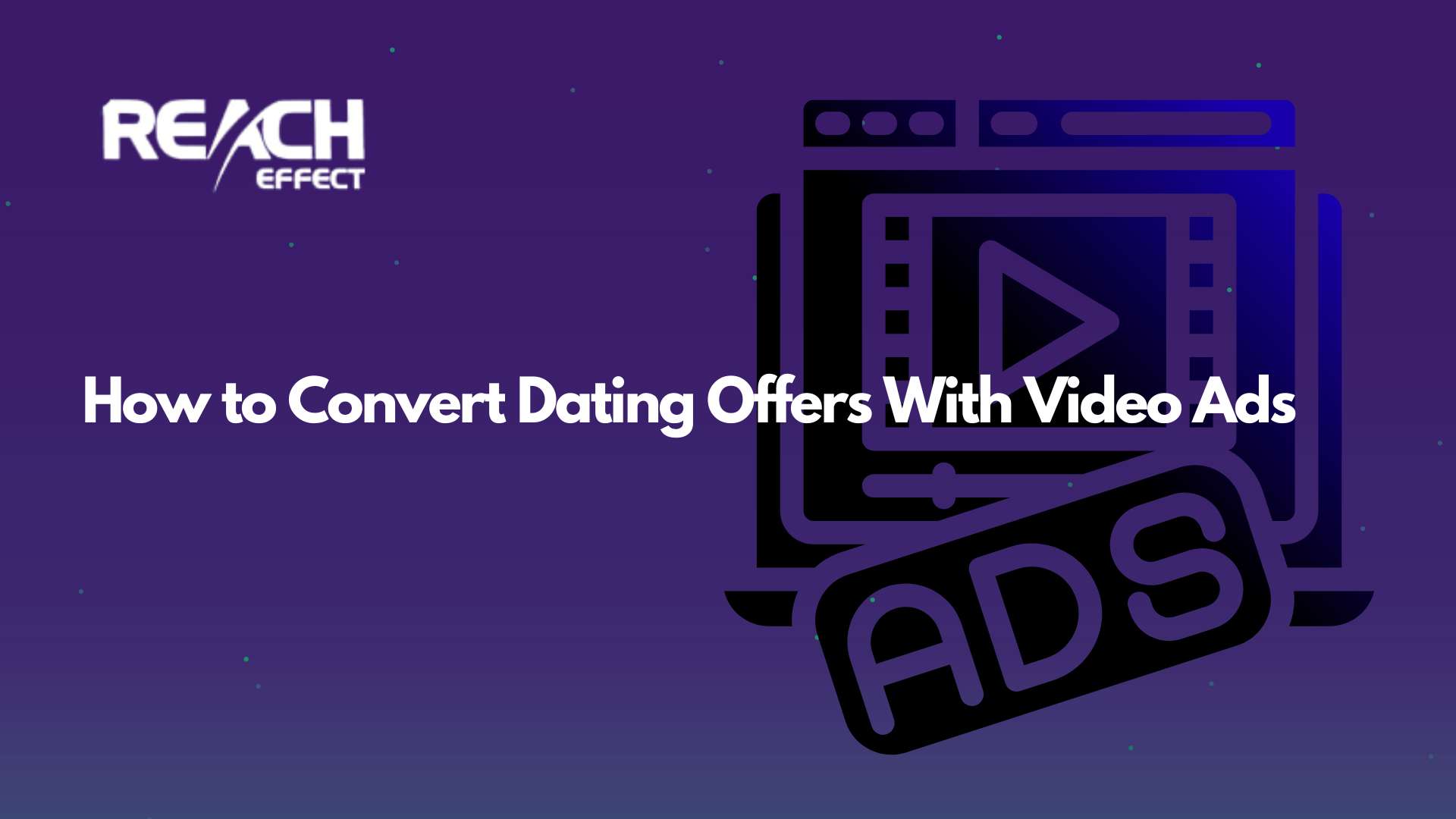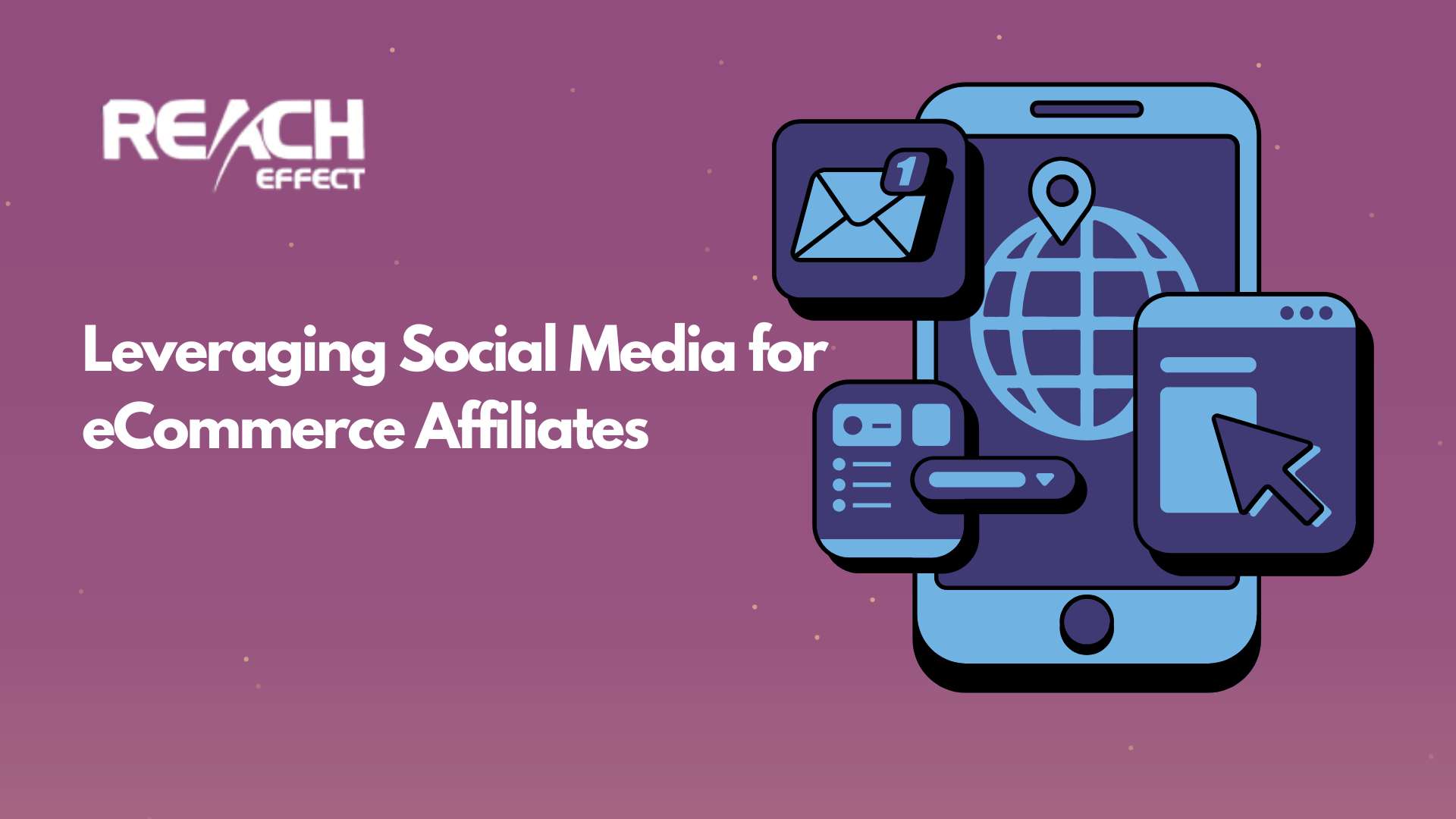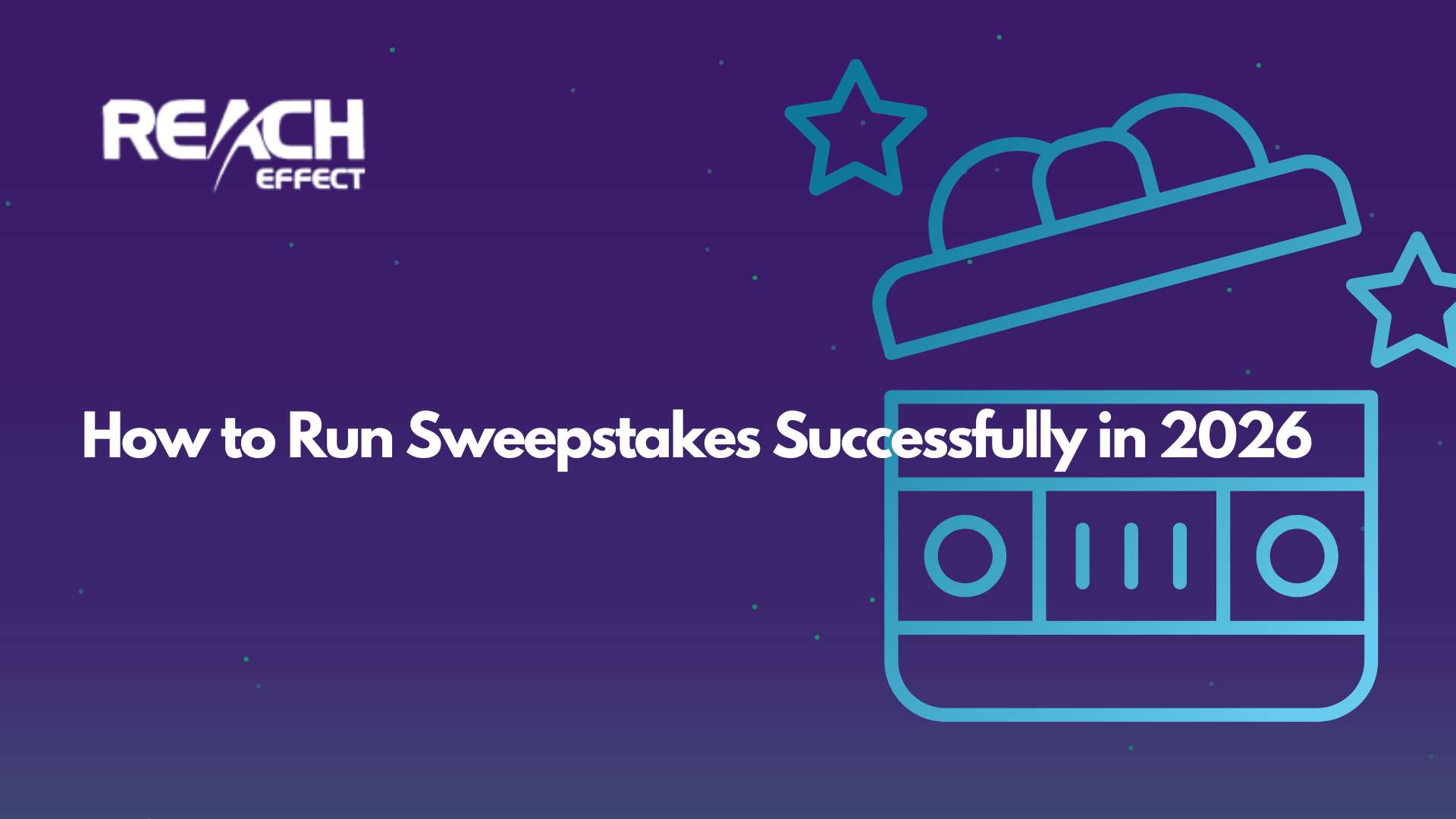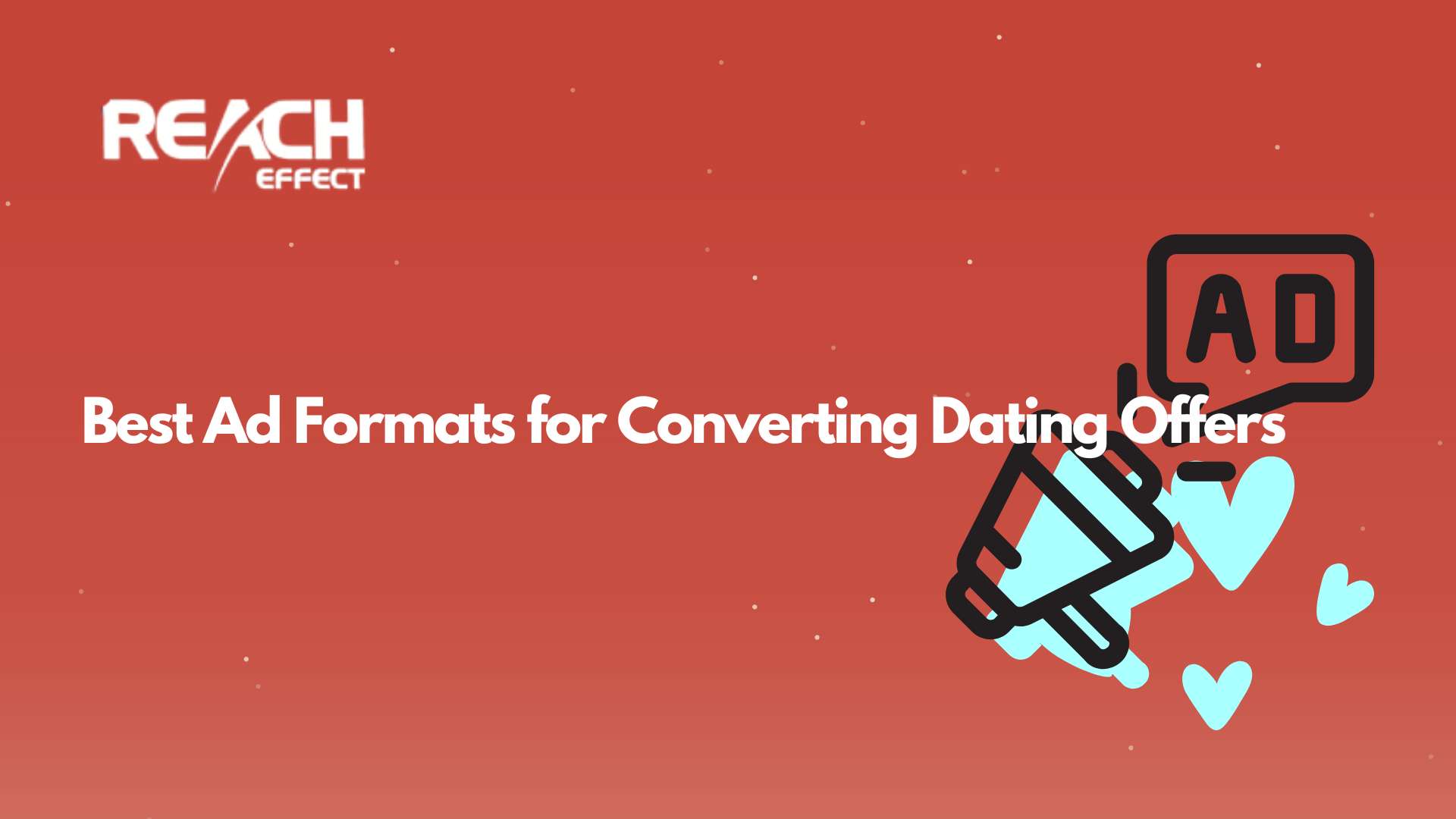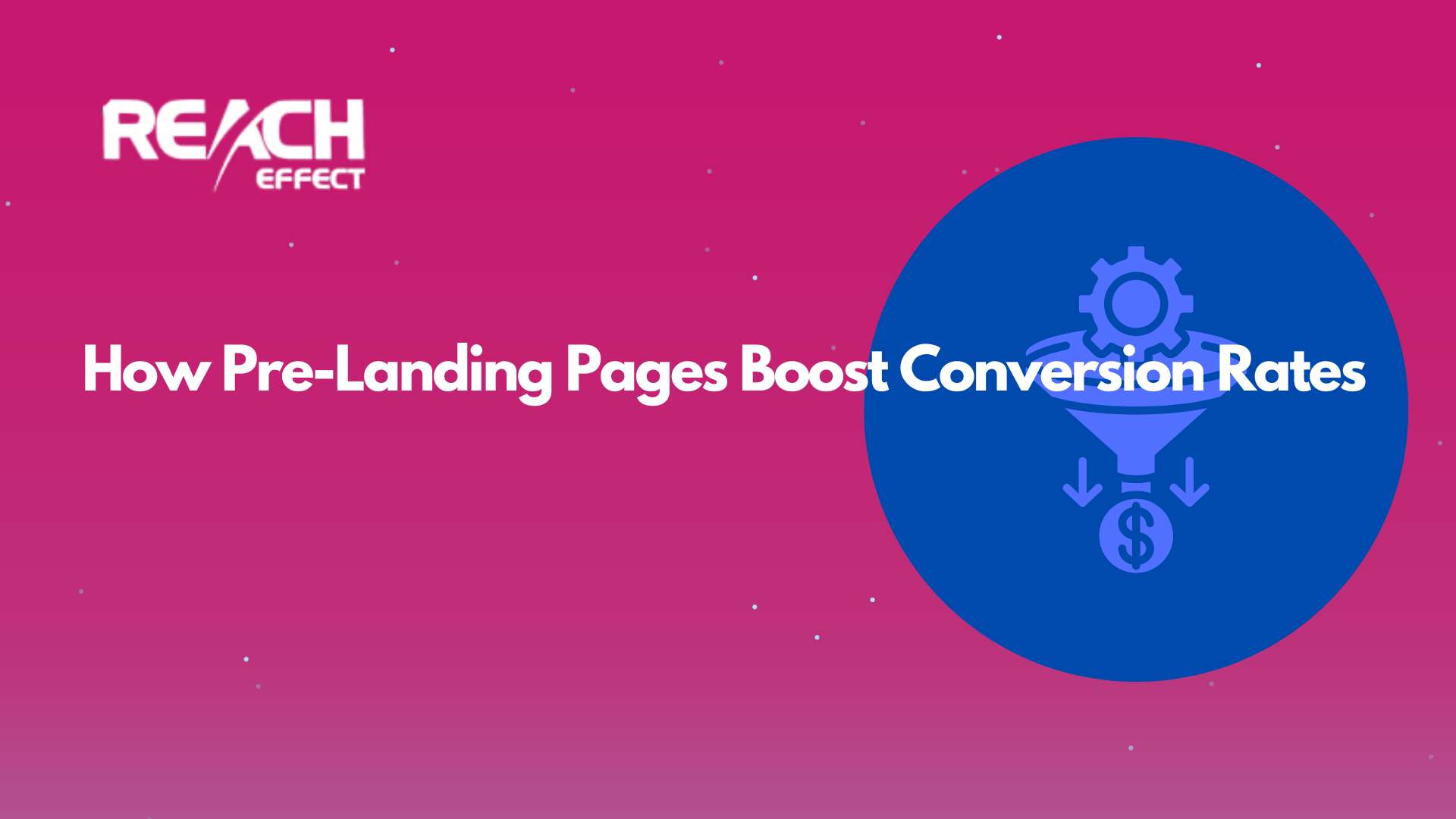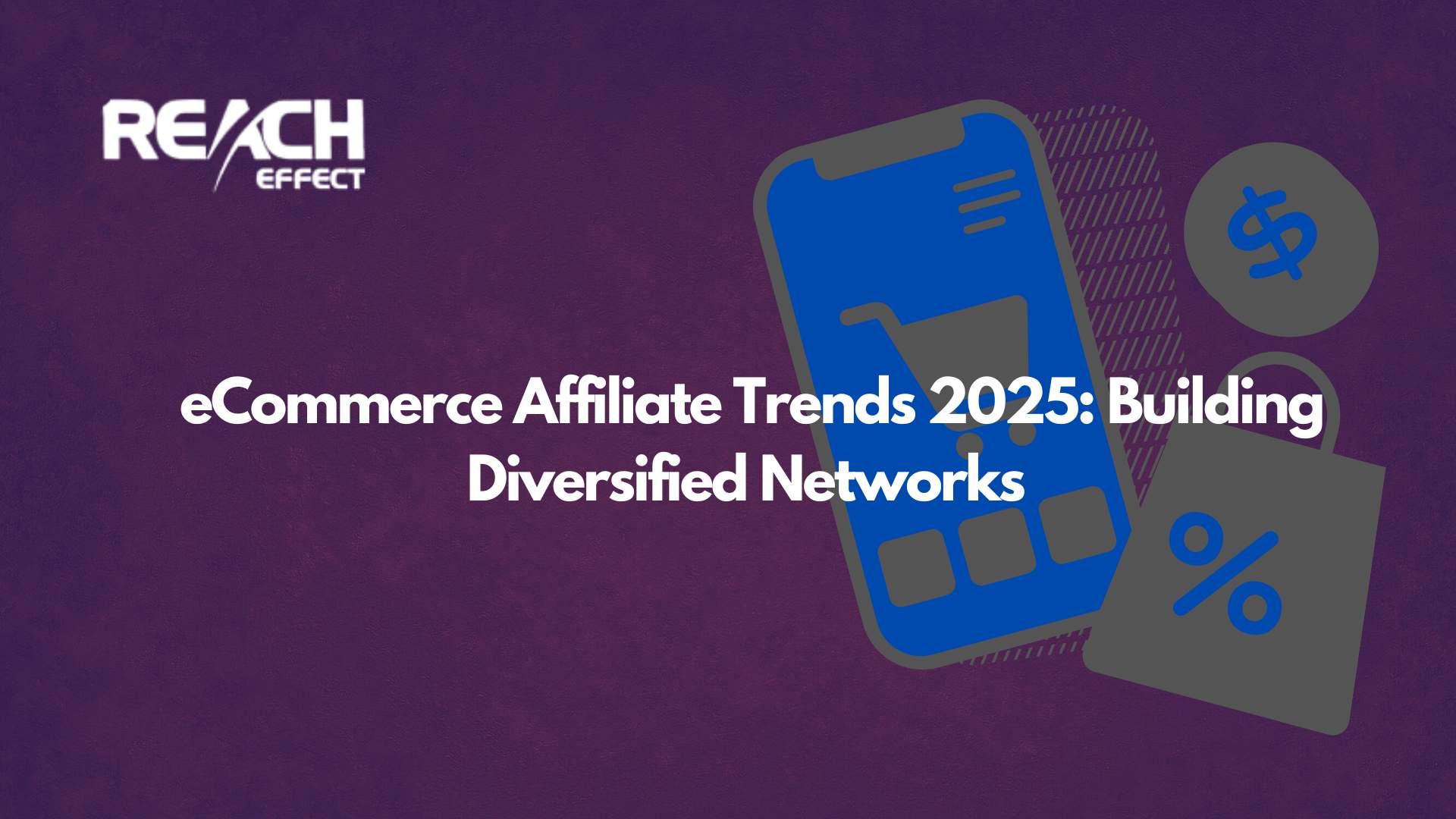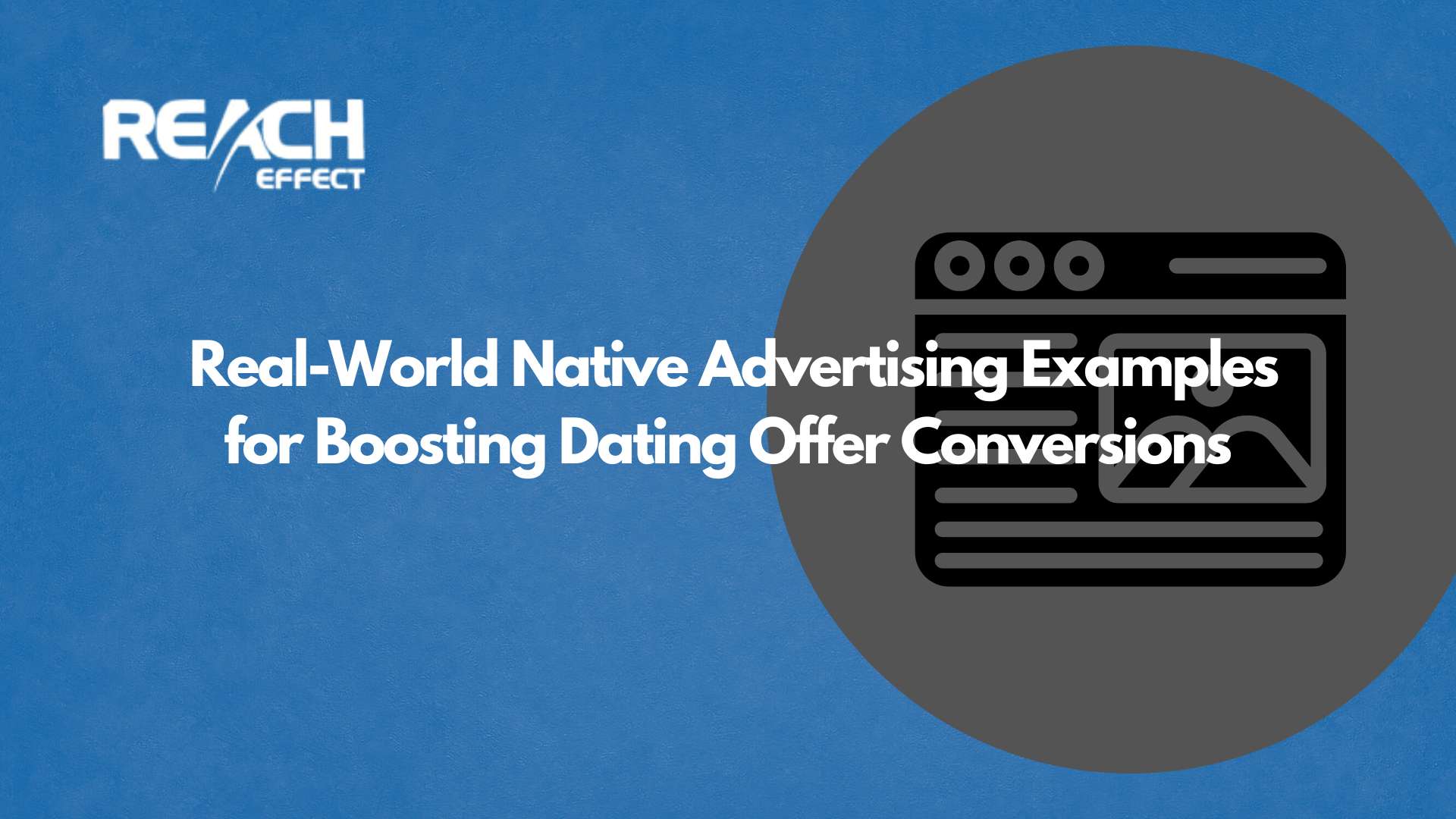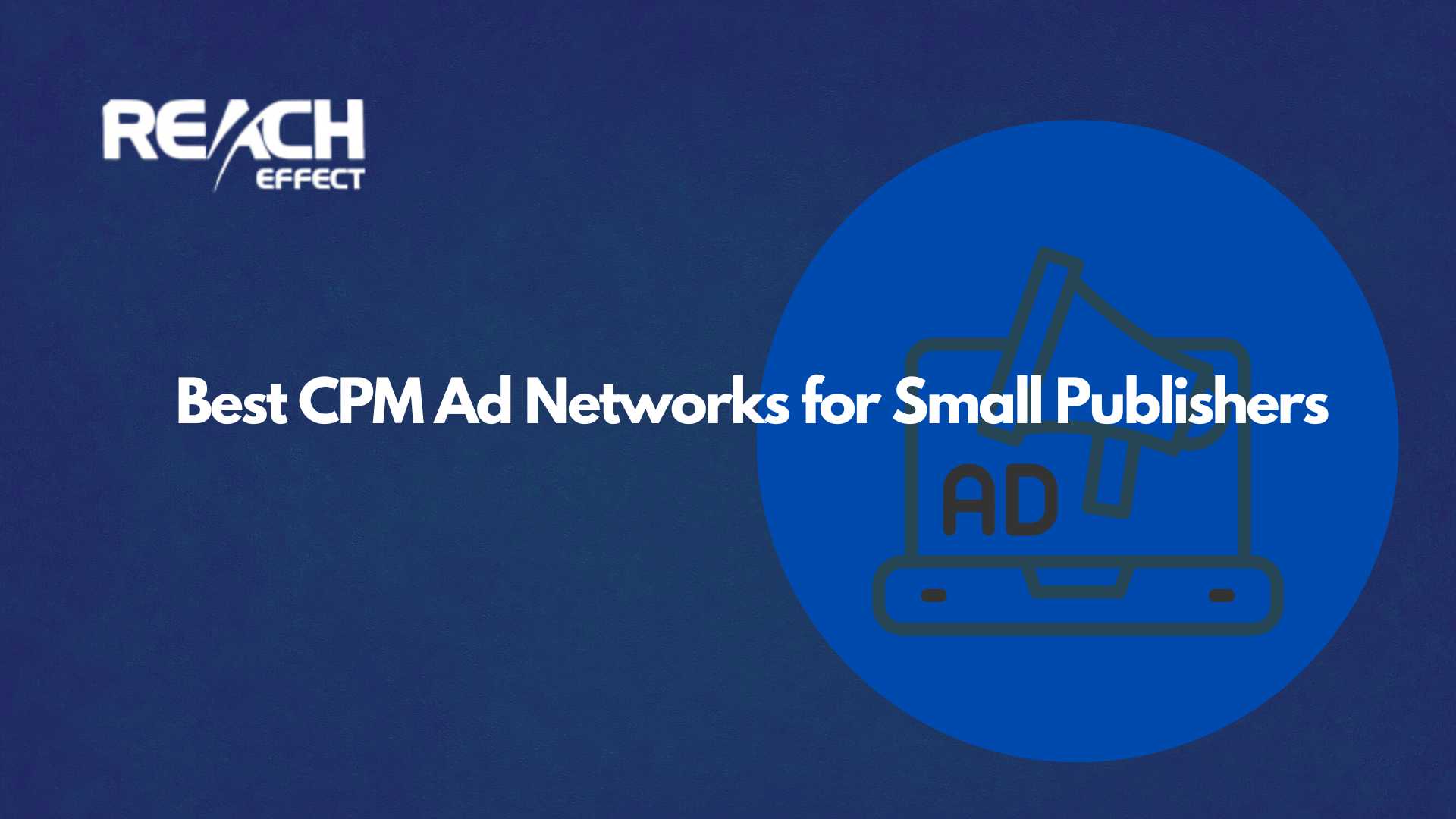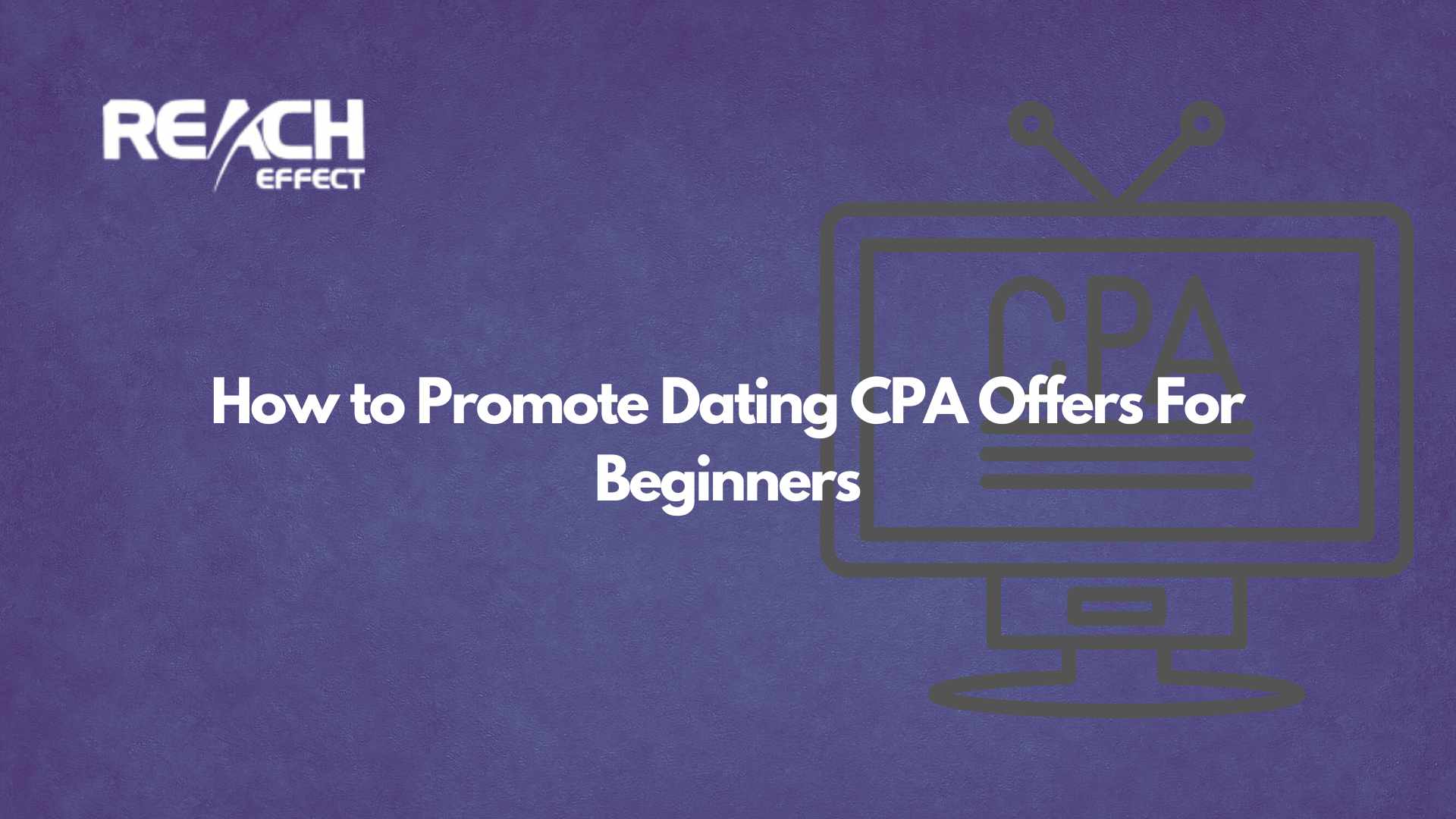Google Ads can drain your budget faster than you can say “click fraud.” While Google’s advertising platform dominates the digital marketing landscape, smart marketers know that putting all their eggs in one basket is a recipe for disaster. Rising costs, increased competition, and algorithm changes make it crucial to diversify your traffic sources.
Thank you for reading this post, don't forget to subscribe!The good news? There are plenty of alternative traffic channels that can deliver high-quality visitors who actually convert. These alternatives often cost less per acquisition and provide better long-term value than traditional Google Ads campaigns.
Why You Need to Diversify Beyond Google Ads
Relying solely on Google Ads creates several risks for your business:
- Budget volatility – One algorithm update can triple your costs overnight
- Competition pressure – More advertisers bidding on your keywords drives prices up
- Account suspension risk – Policy violations or billing issues can shut down your entire traffic flow
- Limited creativity – Ad formats and targeting options are restricted compared to other platforms
Smart businesses understand that traffic diversification isn’t just smart marketing. It’s essential for survival in our competitive digital landscape.
1. Facebook and Instagram Advertising
Facebook’s advertising ecosystem remains one of the most powerful alternatives to Google Ads. With over 2.9 billion monthly active users across Facebook and Instagram, the platform offers unmatched targeting capabilities and creative flexibility.
Why Facebook Ads Work Better Than Google for Many Businesses
Superior Targeting Options:
- Detailed demographic and psychographic targeting
- Custom audiences based on website visitors, email lists, and past customers
- Lookalike audiences that find people similar to your best customers
- Interest-based targeting that reaches people before they’re actively searching
Creative Flexibility:
- Video ads that tell your brand story
- Carousel ads showcasing multiple products
- Collection ads that create immersive shopping experiences
- Stories ads that feel native to the platform
Lower Competition in Many Niches: Facebook advertising costs have remained relatively stable compared to Google Ads, especially for e-commerce and B2C businesses. Many industries still haven’t fully saturated Facebook advertising, creating opportunities for early movers.
Getting Started with Facebook Ads
Start with a small budget and focus on one objective at a time. Facebook’s algorithm works best when it has clear goals and sufficient data to optimize your campaigns. Begin with conversion campaigns if you have an established website with tracking in place, or traffic campaigns if you’re just getting started.
By the way, if you are wondering about the best ad dimensions for Facebook, we have written a full article on this!
Reacheffect‘s clients often see better results on Facebook when they focus on building audiences first, then retargeting those warm prospects with conversion-focused campaigns.
2. LinkedIn Advertising for B2B Success
LinkedIn advertising shines for B2B companies that need to reach decision-makers and professionals. While the cost per click is higher than other platforms, the quality of B2B leads often justifies the premium pricing.
LinkedIn’s Unique Advantages
Professional Context: People browse LinkedIn in a business mindset, making them more receptive to B2B offers and professional services.
Precise Professional Targeting:
- Job titles and seniority levels
- Company size and industry
- Skills and professional interests
- Company name targeting for account-based marketing
High-Quality Lead Generation: LinkedIn’s Lead Gen Forms auto-populate with users’ profile information, reducing friction and increasing conversion rates.
LinkedIn Ad Formats That Convert
Sponsored Content: Native ads that appear in the LinkedIn feed Message Ads: Direct messages sent to targeted professionals Dynamic Ads: Personalized ads featuring the user’s profile information Text Ads: Simple, cost-effective ads in the sidebar
The key to LinkedIn success is creating content that provides genuine value to your professional audience rather than pushing direct sales messages.
3. YouTube Advertising: Video Marketing Powerhouse
YouTube processes over 1 billion hours of video content daily, making it the second-largest search engine after Google. Video advertising on YouTube offers unique advantages for businesses ready to invest in video content creation.
YouTube Advertising Benefits
Engaged Audience: Users actively choose to watch content, creating higher engagement rates compared to interruption-based advertising.
Diverse Ad Formats:
- Skippable in-stream ads that play before, during, or after videos
- Non-skippable ads for guaranteed message delivery
- Discovery ads that appear in search results and suggested videos
- Bumper ads for brand awareness campaigns
Advanced Targeting: YouTube combines Google’s targeting capabilities with video-specific options like placement targeting on relevant channels.
Creating Effective YouTube Ad Campaigns
Success on YouTube requires compelling video creative that captures attention within the first few seconds. Focus on storytelling and demonstration rather than hard sales pitches. The platform rewards engaging content with lower costs and better placement.
4. TikTok Advertising: Reaching Younger Audiences
TikTok’s explosive growth has created new opportunities for businesses targeting younger demographics. The platform’s algorithm excels at discovering and promoting engaging content, even from new advertisers.
TikTok’s Marketing Advantages
Organic Reach Potential: TikTok’s algorithm gives every piece of content a chance to go viral, regardless of follower count or advertising budget.
High Engagement Rates: Users spend significant time on the platform, creating opportunities for deeper brand engagement.
Creative-First Environment: Authentic, creative content performs better than polished, traditional advertising.
TikTok Ad Formats
In-Feed Ads: Native ads that appear in users’ For You feeds Brand Takeover: Full-screen ads that appear when users open the app TopView: Premium placement ensuring maximum visibility Branded Effects: Interactive filters and effects featuring your brand
The key to TikTok success is understanding the platform’s culture and creating content that feels native rather than promotional.
5. Pinterest Advertising: Visual Discovery Platform
Pinterest functions as a visual search engine where users actively look for inspiration and solutions. This intent-driven behavior makes Pinterest advertising highly effective for businesses with visually appealing products or services.
Pinterest’s Unique Value Proposition
High Purchase Intent: Pinterest users are often in research and shopping modes, making them more likely to convert.
Long Content Lifespan: Pins continue generating traffic and engagement for months or years after creation, unlike posts on other social platforms.
Female-Dominant Audience: Pinterest’s user base skews heavily female, making it ideal for businesses targeting women.
Pinterest Ad Types
Promoted Pins: Boosted versions of your organic pins Shopping Ads: Product catalogs that enable direct purchasing Video Pins: Short videos that autoplay in users’ feeds Carousel Ads: Multiple images showcasing different products or features
Success on Pinterest requires high-quality, vertical images with clear value propositions and strategic keyword optimization.
6. Email Marketing: The Conversion Champion
Email marketing consistently delivers the highest ROI among digital marketing channels. While not a traffic source in the traditional sense, email drives highly qualified visitors to your website and converts at impressive rates. There are different email marketing strategies to try such as free email marketing trials.
Why Email Marketing Outperforms Paid Advertising
Direct Communication: Email lands directly in subscribers’ inboxes, creating a personal connection without algorithm interference.
Segmentation Capabilities: Advanced email platforms allow precise targeting based on behavior, preferences, and purchase history.
Automation Opportunities: Automated sequences nurture leads and customers without ongoing manual effort.
Cost Effectiveness: After initial setup costs, email marketing scales efficiently with growing subscriber lists.
Building an Effective Email Marketing Strategy
List Building: Create valuable lead magnets that solve specific problems for your target audience. ReachEffect helps businesses develop lead magnets that attract high-quality subscribers who are genuinely interested in their offerings.
Segmentation: Divide your email list based on behavior, demographics, and preferences to deliver more relevant content.
Automation: Set up welcome sequences, abandoned cart emails, and post-purchase follow-ups to maximize customer lifetime value.
A/B Testing and Optimization: Continuously test subject lines, send times, and content formats to improve open rates and click-through rates.
7. Influencer Marketing: Leveraging Trusted Voices
Influencer marketing has evolved from celebrity endorsements to authentic partnerships with content creators who have engaged audiences in specific niches.
The Power of Influencer Marketing
Trust and Authenticity: Audiences trust recommendations from influencers they follow more than traditional advertising messages.
Niche Targeting: Micro-influencers often have highly engaged audiences in specific niches, enabling precise targeting.
Content Creation: Influencers create authentic content featuring your products or services, providing valuable user-generated content.
Multiple Platform Reach: Many influencers maintain presences across multiple platforms, amplifying your message’s reach.
Types of Influencer Partnerships
Sponsored Posts: Direct payment for posts featuring your brand Affiliate Marketing: Commission-based partnerships where influencers earn from sales they generate Product Gifting: Free products in exchange for honest reviews and content Brand Ambassador Programs: Long-term partnerships with ongoing collaboration
Finding the Right Influencers
Look beyond follower counts and focus on engagement rates, audience quality, and brand alignment. Micro-influencers with 1,000-100,000 followers often deliver better results than mega-influencers for most businesses.
8. Content Marketing and SEO: Long-Term Traffic Building
While not an immediate traffic source like paid advertising, content marketing and SEO provide sustainable, long-term traffic growth that doesn’t disappear when you stop paying for ads.
Benefits of Organic Traffic
Cost Effectiveness: Once content ranks well, it continues attracting visitors without ongoing advertising costs.
Higher Trust Levels: Users trust organic search results more than paid advertisements.
Compound Growth: Quality content builds authority over time, improving rankings for new content.
Brand Building: Helpful content positions your business as a trusted authority in your industry.
Creating Traffic-Driving Content
Keyword Research: Identify search terms your target audience uses when looking for solutions you provide.
Value-First Approach: Create content that genuinely helps your audience solve problems or achieve goals.
Content Formats:
- How-to guides and tutorials
- Industry insights and analysis
- Product comparisons and reviews
- Tools and resources
Distribution Strategy: Promote your content across multiple channels to maximize visibility and build backlinks.
Measuring Success Across Multiple Traffic Sources
Tracking performance across diverse traffic sources requires robust analytics and clear key performance indicators (KPIs).
Essential Metrics to Monitor
Traffic Quality Metrics:
- Time on site
- Pages per session
- Bounce rate
- Conversion rate
Financial Performance:
- Cost per acquisition (CPA)
- Return on ad spend (ROAS)
- Customer lifetime value (CLV)
- Revenue attribution
Channel-Specific Metrics: Each platform has unique metrics that matter most for optimization and scaling.
Tools for Multi-Channel Tracking
Google Analytics: Essential for understanding user behavior and conversion paths Attribution Tools: Platforms like Triple Whale or Northbeam for e-commerce attribution UTM Parameters: Consistent tagging for accurate traffic source tracking Platform Analytics: Native analytics from each advertising platform
Creating Your Diversified Traffic Strategy
Building a successful multi-channel traffic strategy requires careful planning and systematic execution.
Phase 1: Foundation Building (Months 1-2)
- Set up tracking and analytics across all platforms
- Create initial ad accounts and verify business profiles
- Develop creative assets suitable for different platforms
- Establish baseline metrics and goals
Phase 2: Testing and Learning (Months 3-4)
- Launch small-budget campaigns on 2-3 new channels
- Test different ad formats and targeting options
- Analyze performance and identify top-performing channels
- Scale successful campaigns gradually
Phase 3: Optimization and Scaling (Months 5-6)
- Increase budgets on best-performing channels
- Pause or pivot underperforming campaigns
- Develop platform-specific optimization strategies
- Create automated reporting systems
Phase 4: Advanced Strategies (Months 7+)
- Implement cross-channel remarketing campaigns
- Develop sophisticated attribution models
- Test advanced targeting and bidding strategies
- Explore emerging platforms and opportunities
Common Mistakes to Avoid
Spreading Too Thin: Don’t try to master every platform simultaneously. Focus on 2-3 channels initially and expand gradually.
Ignoring Platform Culture: Each platform has its own culture and best practices. What works on Facebook might fail on TikTok.
Neglecting Creative Quality: Poor creative assets will fail regardless of the platform. Invest in high-quality visuals and compelling copy.
Inconsistent Tracking: Implement consistent tracking from day one to make data-driven optimization decisions.
Impatience with Results: Some channels take time to optimize and show results. Give campaigns adequate time to gather data before making major changes.
The Future of Traffic Diversification
Digital marketing continues evolving rapidly, with new platforms and opportunities emerging regularly. Successful businesses stay ahead by:
- Monitoring emerging platforms and testing them early
- Building owned media assets like email lists and social media followings
- Focusing on customer lifetime value rather than just acquisition costs
- Creating omnichannel experiences that work seamlessly across all touchpoints
ReachEffect stays on top of these trends and helps businesses adapt their traffic strategies as the digital landscape evolves.
Conclusion
Google Ads will likely remain an important traffic source for many businesses, but the smartest marketers understand the importance of diversification. By implementing multiple traffic sources, you reduce risk, lower acquisition costs, and build a more sustainable business.
Start with one or two alternative channels that align with your target audience and business model. Focus on mastering these channels before expanding to additional platforms. Remember that each traffic source requires its own strategy, creative approach, and optimization techniques.
The businesses that thrive in tomorrow’s competitive landscape will be those that master multiple traffic sources and create integrated marketing campaigns that work synergistically across all channels.

